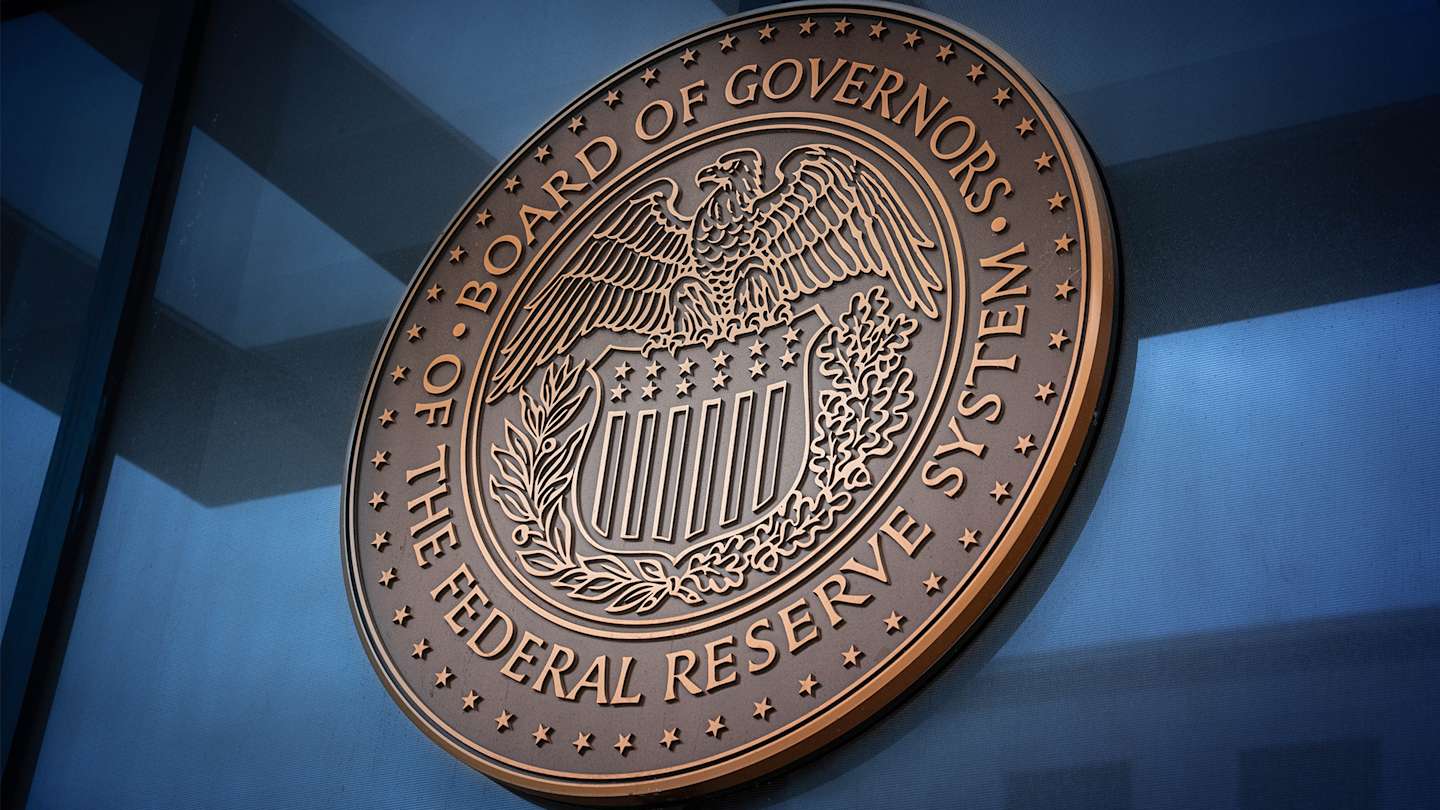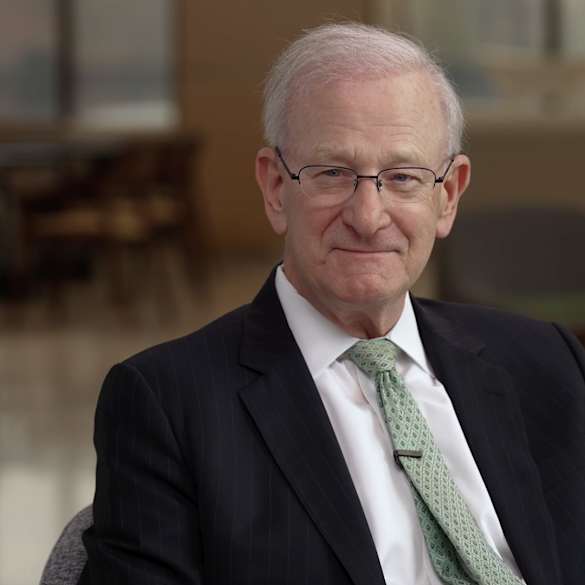Fed Watch: Latest Insights on the Federal Reserve
Learn how Federal Reserve (Fed) policy can influence financial market trends and affect your portfolio.

What does the Fed do, and how does it impact the U.S. economy?
The Federal Reserve (Fed) is the central bank of the United States, responsible for regulating the nation’s monetary policy. Promoting stable prices and maximum employment comprises its dual mandate.
The 12-member Federal Open Market Operations Committee (FOMC) helps achieve these goals by adjusting key interest rates and buying and selling government securities.
Fed policies influence borrowing costs, consumer spending and business investments.
How do Fed decisions impact investors and financial markets?
Fed decisions, especially those about interest rates, can have a significant impact on loan rates and investments. For example, when the Fed raises interest rates, borrowing becomes more expensive, which can slow down economic growth and negatively affect stock prices.
On the other hand, lower interest rates tend to boost the economy by encouraging spending and investment, which may lead to higher stock prices and stronger market performance.
Fed decisions also influence bond yields and prices. Bond yields tend to track the Fed’s interest rate moves, to varying degrees depending on the bond’s maturity. In general, when interest rates increase, bond prices fall, and when rates decline, bond prices rise.

The Fed's Challenge: Walking the Tightrope
Listen to our conversation with Thomas Hoenig, a former member of the Federal Open Market Committee (FOMC), for his perspective on the current health of the U.S. economy, the Fed’s decision-making process and the forces currently complicating policymakers’ decisions.
Inflation in Focus
Get market updates, behavioral insights and investment ideas.
Investment return and principal value of security investments will fluctuate. The value at the time of redemption may be more or less than the original cost. Past performance is no guarantee of future results.
This material has been prepared for educational purposes only. It is not intended to provide, and should not be relied upon for, investment, accounting, legal or tax advice.